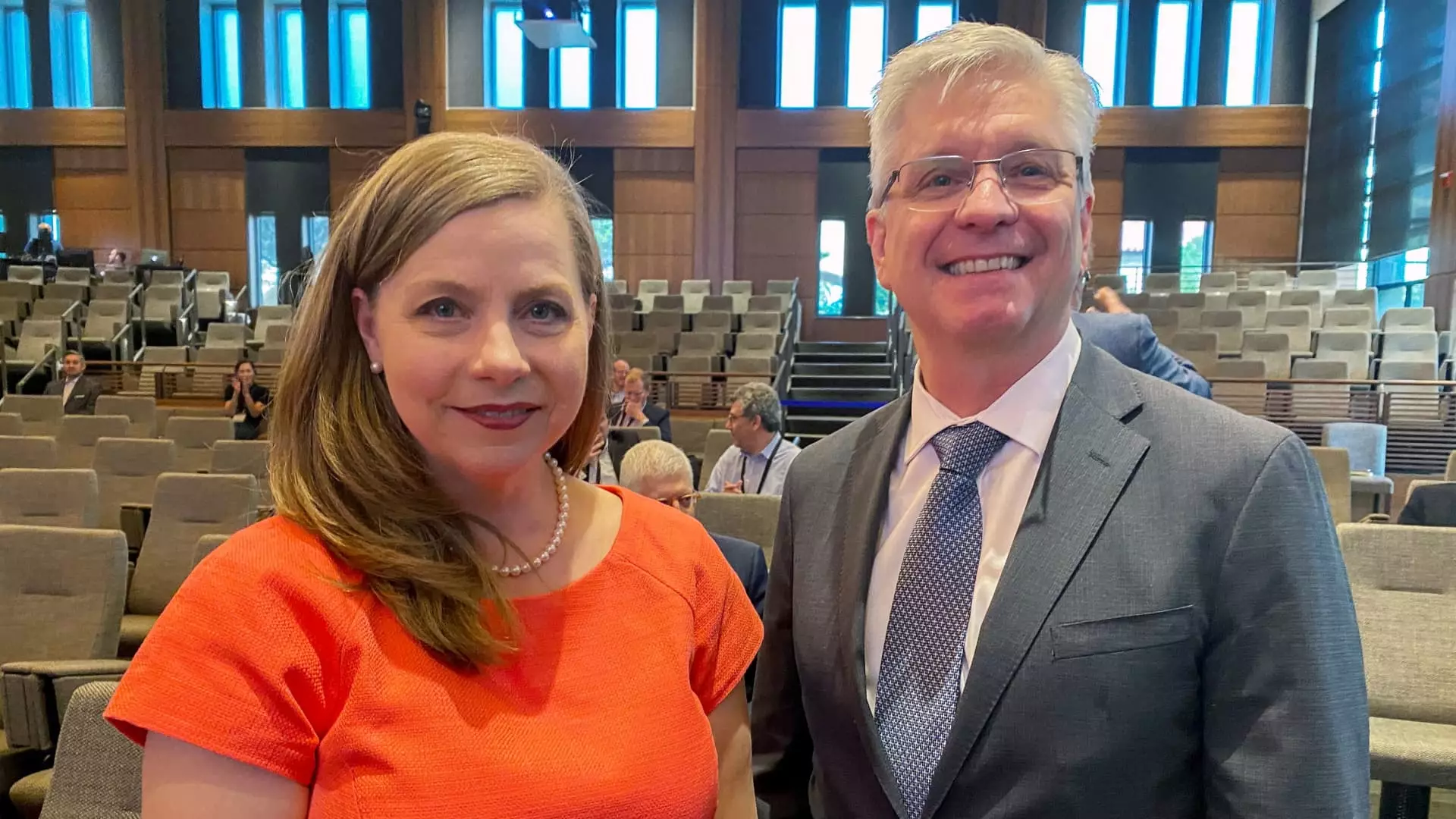The recent departure of Michael Barr from his position as the Federal Reserve Vice Chair for Supervision has ignited discussions about the implications for the U.S. banking industry. His exit, motivated by potential confrontations with the Trump administration, sets the stage for the appointment of a more industry-friendly successor, which could significantly impact regulatory policies that banks have longed to have eased. The timing of Barr’s resignation, roughly 18 months ahead of the originally anticipated schedule, reflects shifting political dynamics and poses questions about the future of banking regulations in the U.S.
The landscape of U.S. banking regulation is heavily influenced by the political environment. Barr’s resignation comes at a time of renewed optimism in the banking sector, following the election of Donald Trump, leading to speculation of a deregulatory movement. Trump had instigated excitement in financial markets post-election by prioritizing growth-friendly policies, leading to surging bank stocks amid expectations of relaxed regulations and increased merger activity. Barr’s departure can be viewed through this lens of political maneuvering, as it removes a significant barrier to Trump’s plans for banking oversight, especially concerning the anticipated shifts in leadership at key financial regulatory agencies.
As Trump prepares to select new officials for the Federal Deposit Insurance Corporation (FDIC), Office of the Comptroller of the Currency (OCC), and the Consumer Financial Protection Bureau (CFPB), Barr’s exit adds more urgency to the question of who might lead these agencies. With only two Republican Federal Reserve governors, Michelle Bowman and Christopher Waller, in the running for the Vice Chair of Supervision position, there’s speculation that the incoming vice chair could be more favorable to banks, taking a less stringent approach to regulation.
Michelle Bowman, a former community banker and Kansas bank commissioner, has emerged as a strong contender for the Vice Chair role post-Barr. Her stance against Barr’s proposals indicates a possible shift in the regulatory mindset, especially regarding the Basel III Endgame—a set of reforms intended to impose higher capital requirements on major banks. Bowman has previously criticized Barr’s oversight strategy, suggesting that it did not adequately consider the unique context of the U.S. banking system, hinting at her inclination to adopt more lenient regulations that may benefit industry stakeholders.
Analysts anticipate that Bowman’s approach to regulation will prioritize industry-friendly reforms, particularly concerning opaque bank stress testing processes and merger approval durations, among other contentious issues that bankers have raised. According to former FDIC executive Alexandra Steinberg Barrage, Bowman is well-positioned to advocate for changes that could simplify regulatory pressures on banks, which have often expressed frustration with existing evaluative processes.
The future formulation of the Basel III Endgame, which seeks to enhance the capital requirements of large financial institutions, will be pivotal in shaping the banking industry’s operational dynamics. Observers believe that with Barr’s exit, the direction of this regulatory initiative is likely to soften significantly, potentially allowing banks to avoid the capital compounding that Barr’s initial proposal garnering criticism would have necessitated.
Analysts like Brian Gardner emphasize that the revised proposal from Bowman, should she take the lead, would likely be less stringent and capital-neutral. What does this mean for banks? If they succeed in resisting capital retention requirements, it would grant them the flexibility to increase share buybacks and invest in growth strategies, thereby leading to enhanced shareholder value. This could also translate to improved market performance, as indicated by the uptick in the KBW Bank Index following Barr’s resignation announcement.
Interestingly, while Barr’s resignation from the supervisory role marks a significant shift, his continued presence as one of the seven Fed governors maintains a delicate balance of power. Currently, the Democrats still hold a slight edge on the Federal Reserve board, a factor that experts like Brian Graham point out could prevent any drastic regulatory shifts. Barr’s strategic choice to remain as a governor could ensure that a degree of Democratic influence persists, enabling a more moderate approach towards regulation even as new appointees may lean toward deregulatory measures.
The ramifications of Michael Barr’s departure are far-reaching and highlight a pivotal moment for U.S. banking regulation. As industry players eagerly await the appointments that will shape the next phase of financial oversight, it is clear that the interplay of politics and banking policies will continue to evolve. The trajectory set forth by incoming officials, particularly through Bowman, is likely to reflect a fundamental pivot towards a more accommodating regulatory atmosphere—a shift welcomed by many in the financial sector.

